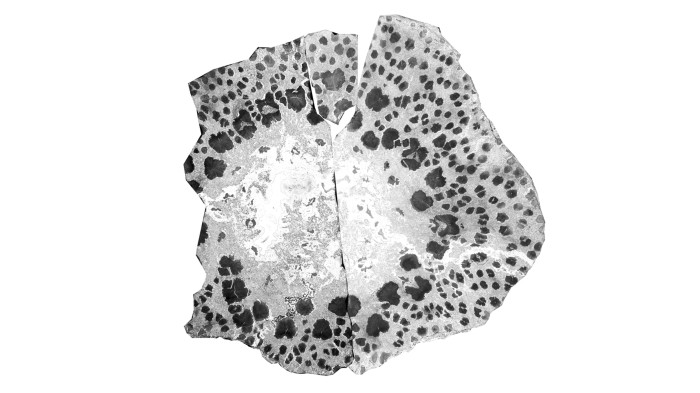24 October 2017, Nature

These fossils were discovered in summer 2012, and researchers worked for five years to unpick their significance. H. Xu et al./Proc. Natl Acad. Sci. USA
Remarkably well-preserved ancient trees show cellular anatomy from millions of years ago.
Cladoxylopsida were the first large trees to appear on Earth, arising almost 400 million years ago in the Devonian period. But how their trunks grew to reach sizes of up to a metre across has been unclear.
Hong-He Xu at the Chinese Academy of Sciences’ Nanjing Institute of Geology and Palaeontology, Christopher Berry at Cardiff University, UK, and their colleagues examined fossil tree trunks from China in which the cellular anatomy had been preserved. They found that hundreds of strands of water-carrying xylem cells formed a cylindrical trunk, with secondary growth of woody and soft tissue around individual strands. The trees would therefore have been able to reach large sizes by tearing and repairing the connections between individual strands during growth, the authors say. This growth strategy is unique, but has some similarities to that of modern palm trees.
